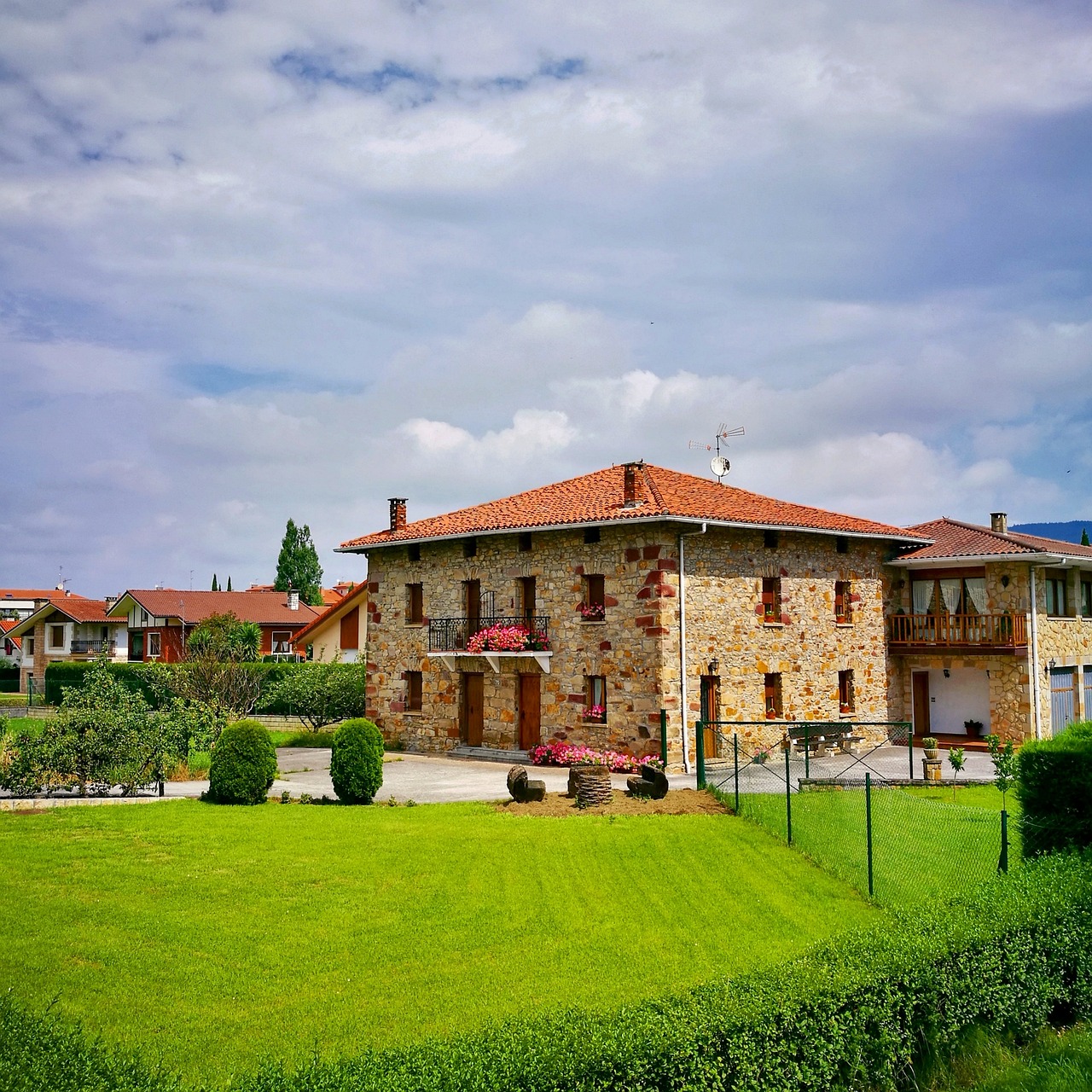Creating a Native Plant Meadow: Wildflower Wonder
allexchange bet, 99 exchange login, allpanel com:Creating a Native Plant Meadow: Wildflower Wonder
Are you looking to add a burst of color and beauty to your outdoor space while also supporting local wildlife and biodiversity? Consider creating a native plant meadow! Native plant meadows are a fantastic way to introduce a diverse array of wildflowers, grasses, and other plants that are indigenous to your region. Not only do they offer stunning visuals, but they also require minimal maintenance and provide numerous environmental benefits. In this blog post, we’ll guide you through the process of creating your very own native plant meadow, from planning and preparation to maintenance and enjoyment.
Why Choose Native Plants?
Native plants are plants that have naturally evolved and adapted to specific regions over thousands of years. As a result, they are well-suited to the local climate, soil conditions, and wildlife populations. By choosing native plants for your meadow, you are creating a habitat that supports the ecosystem and enhances biodiversity. Native plants also tend to be more resilient and require less water, fertilizer, and pesticides than non-native species, making them a sustainable choice for your garden.
Planning Your Meadow
Before you start planting, it’s essential to plan out your native plant meadow carefully. Consider the size and shape of your space, as well as the sunlight levels, soil type, and drainage. Different native plants have different requirements, so be sure to research which species will thrive in your specific conditions. You may also want to consider creating paths or mowed areas within your meadow to provide access and structure.
Preparing the Site
Once you have chosen your plant species and mapped out your meadow, it’s time to prepare the site. Clear the area of any existing vegetation, weeds, and debris. You may need to till the soil or remove invasive species to create a clean slate for your native plants. Consider adding compost or organic matter to improve soil health and fertility, as well as mulch to retain moisture and suppress weeds.
Choosing Native Plants
When selecting plants for your meadow, prioritize native species that are well-suited to your site’s conditions and will attract a variety of pollinators and wildlife. Consider a mix of wildflowers, grasses, and other plants to create a diverse and dynamic meadow. Some popular choices for native plant meadows include black-eyed Susan, butterfly weed, coneflower, milkweed, and switchgrass. Be sure to source your plants from reputable nurseries or native plant societies to ensure they are locally sourced and free from pesticides.
Planting Your Meadow
Once you have your plants in hand, it’s time to start planting! Follow the planting instructions for each species and be sure to space them out according to their mature size. Water your plants well after planting to help them establish roots and continue to provide supplemental water as needed, especially during dry spells. Consider adding a layer of mulch around your plants to retain moisture and suppress weeds.
Maintaining Your Meadow
While native plant meadows are relatively low-maintenance compared to traditional lawns and gardens, they do require some upkeep. Regular weeding, watering, and monitoring for pests and diseases are essential to keep your meadow healthy and thriving. You may also want to consider mowing or burning your meadow periodically to prevent woody plants from taking over and promote new growth. Be sure to follow local regulations and best practices for meadow management.
Enjoying the Benefits
Once your native plant meadow is established, sit back and enjoy the beauty and benefits it provides. Native plant meadows offer a visual feast of color and texture throughout the seasons, attracting a wide variety of pollinators, birds, and other wildlife. They also help improve soil health, filter water, and sequester carbon, making them an essential part of a sustainable landscape. Invite friends and family to stroll through your meadow, host picnics or parties, or simply relax and unwind in nature’s wonderland.
FAQs
Q: How long does it take to establish a native plant meadow?
A: The timeline for establishing a native plant meadow can vary depending on the size of the site, the species of plants chosen, and the site conditions. In general, it can take 1-3 years for a meadow to become fully established and reach its full potential.
Q: Can I add non-native plants to my native plant meadow?
A: While it’s best to stick to native plants for a true native plant meadow, you can incorporate a few non-native species as long as they are not invasive and do not outcompete the native plants. Be sure to research the ecological impact of any non-native plants you plan to introduce.
Q: Do native plant meadows require fertilizer and pesticides?
A: Native plant meadows typically do not require fertilizer or pesticides, as native plants are adapted to local conditions and do not need additional inputs. However, you may need to supplement with organic matter or compost to improve soil health and fertility.
Q: How can I attract pollinators to my native plant meadow?
A: To attract pollinators such as bees, butterflies, and hummingbirds to your meadow, choose a variety of nectar-rich flowers in different colors and shapes. Provide food sources throughout the growing season and avoid using pesticides that can harm pollinators.
In conclusion, creating a native plant meadow is a rewarding and sustainable way to enhance your outdoor space and support biodiversity. By carefully planning, preparing, planting, and maintaining your meadow, you can enjoy a vibrant and dynamic landscape that benefits both you and the environment. So roll up your sleeves, get your hands dirty, and start creating your very own wildflower wonder today!







